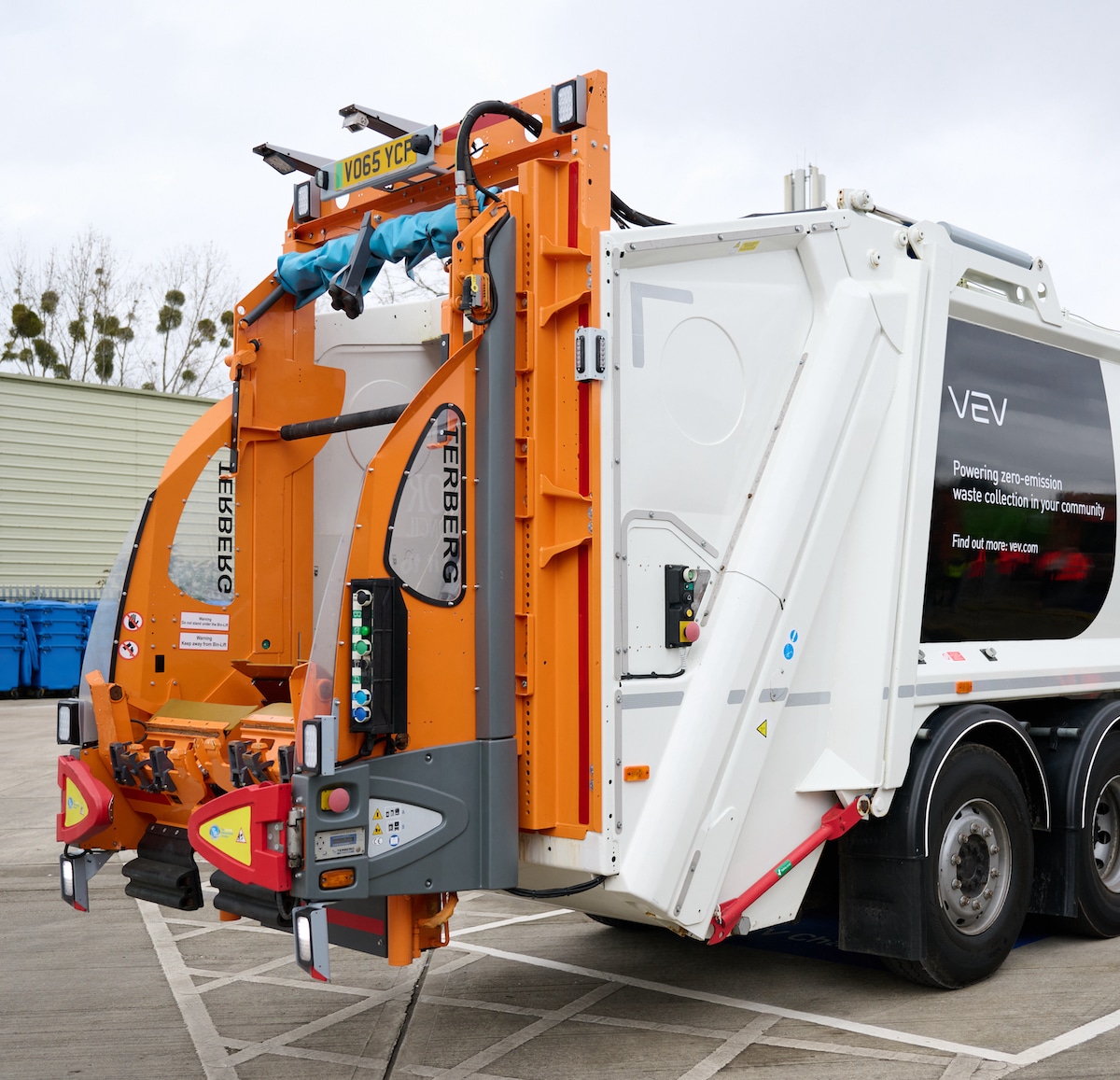Electrifying Refuse Fleets: What Fleet Managers Need to Know
By George Hobbs, Product Lead at VEV
Across the UK, momentum is building behind the electrification of refuse collection vehicles (RCVs). With over 300 local authorities having declared climate emergencies, and many setting bold net-zero targets, the pressure to act is growing. But this isn’t just about hitting carbon goals – electrification offers operational benefits, cost savings, and a visible commitment to sustainability.
If you’re a fleet manager wondering where to begin, here’s what you need to know.
The shift is underway
Many councils already have at least one or more electric RCVs (eRCVs) in operation or on order. Cities like Manchester, Westminster, and Durham have invested in multiple vehicles. Nationally, over 100 electric refuse trucks are now in service or delivered, and that number is rising fast.
While this is still a small slice of the UK’s several-thousand-strong RCV population, the growth curve is steep. Each successful deployment boosts confidence, and councils are increasingly sharing insights through forums and case studies, such as those from Cenex and the Energy Saving Trust, to help others follow suit.
RCVs are both more ready to electrify than initially thought and a high percentage could be TCO positive already. The waste industry represents one of the biggest untapped sources of tailpipe emissions that could be addressed with currently available technology.
The case is clear
Electrifying local authority RCVs could cut UK emissions by around 290 kilotonnes of CO₂ per year – that’s an 88% reduction. For councils aiming to hit near-term climate goals, such as Manchester’s target to halve direct emissions by end of 2025, zero-emission fleets are a major enabler.
There’s also reputational value. An electric fleet is a highly visible signal of environmental leadership, helping councils and contractors build trust with residents while meeting public expectations.
Smarter sustainability
Electric RCVs are proving themselves in real-world operations. Westminster City Council, for example, is running one of the UK’s largest electric waste fleets. What makes their project stand out is a circular energy solution: an adjacent waste-to-energy facility supplies 3.3 GWh of electricity per year, meaning the waste collected by the trucks helps power them. It’s a smart sustainability win.
Operational savings are also part of the picture. Electric vehicles have fewer moving parts, no oil changes, and regenerative braking that reduces wear. Maintenance costs can be around 40% lower than for diesel vehicles.
Start small, learn fast
You don’t need to electrify your entire fleet at once. In fact, the best way to begin is often with a trial deployment – even a single vehicle can provide valuable data. With the right support, you could have an electric RCV in service within 2–3 months.
Hands-on experience helps shape smarter decisions around routing, charging, and infrastructure – and allows internal teams to build confidence in the new technology.
Your depot might be more ready than you think
Many depots can already support four to six eRCVs without a grid upgrade, and some can go higher with the right charging strategy. Integrating vehicle charging with your building’s energy profile can unlock additional capacity.
One key advantage: RCVs typically return to base for long, predictable windows – often overnight. This gives you a generous charging window, making it easier to stagger loads and avoid peak-time tariffs.
That said, it’s vital to engage early with your Distribution Network Operator (DNO). Simple steps like applying for a new meter or reviewing your connection capacity can help avoid future delays. And if upgrades are needed, adding solar power or battery storage can reduce grid demand and speed up the process.
Design infrastructure for growth
Depot design matters. To minimise disruption, plan charging infrastructure with future expansion in mind. Avoid unnecessary underground cabling, locate chargers strategically, and consider phasing installation to match vehicle procurement. Smart planning now can save time, money, and hassle down the line.
Looking ahead: smart tech and new services
Innovations like vehicle-to-grid (V2G) technology are already being trialled in the UK. For instance, Veolia has tested bi-directional charging on eRCVs, allowing parked trucks to feed power back into the grid – turning fleets into energy assets.
Electrification also supports new service routes, such as food waste collection. Vehicles in the 7.5–12 tonne range are already showing promising efficiency (0.5–0.6 miles/kWh) and can be TCO-positive when paired with the right energy tariff.
Electrifying your fleet isn’t just an environmental upgrade – it’s a strategic step toward lower costs, better operations, and public trust. Whether you’re ready for a full rollout or just starting with a pilot, there are practical, proven paths forward.
The key is to start small, start smart, and start now. The support is out there – and your future fleet may be closer than you think.
Contact us to find out more.
